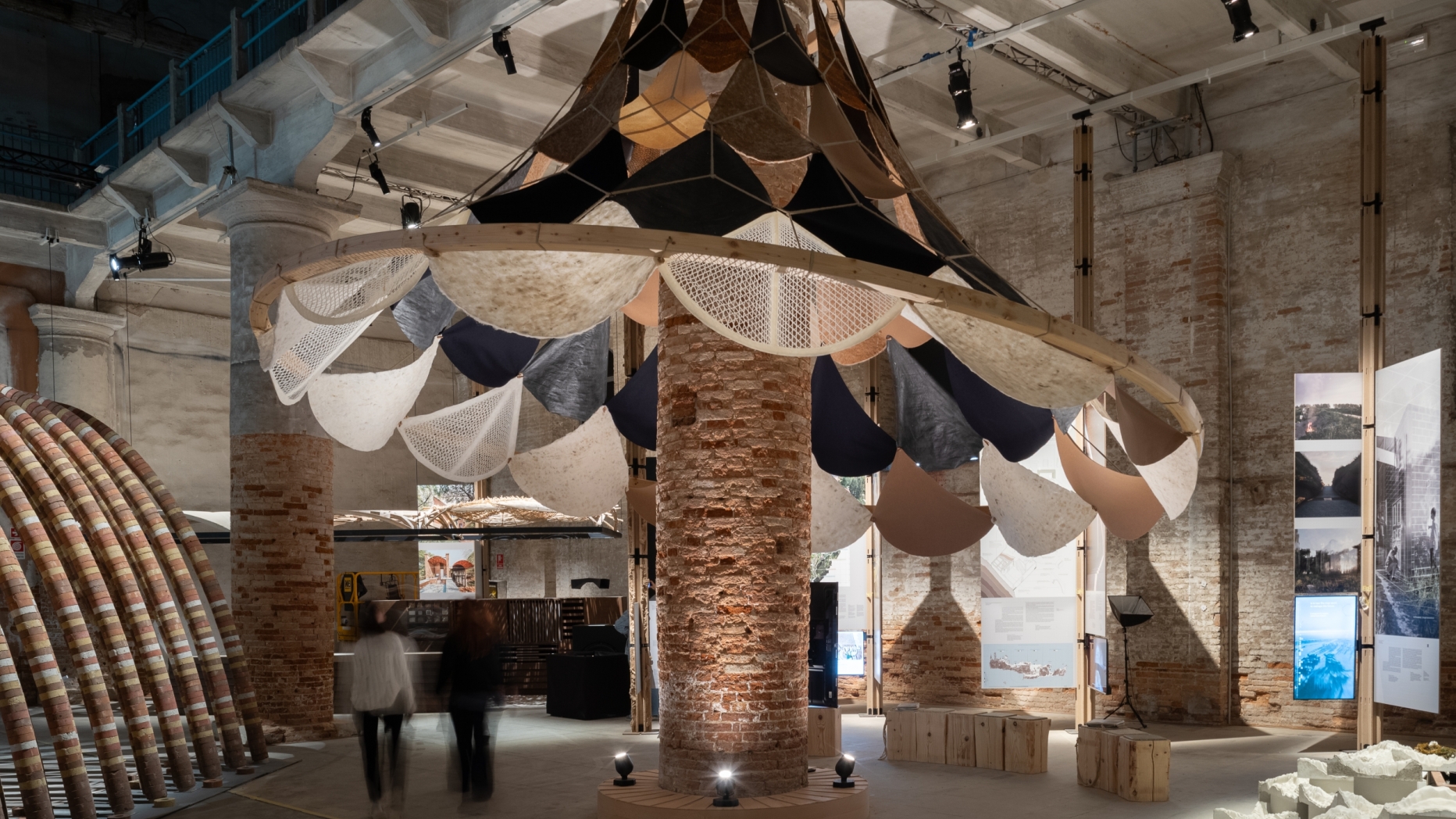Ramus-0 for VAMO
Large Format Latticed Bio-Cladding at Venice Biennale

Ramus-0 Large Format Latticed Bio-Cladding for VAMO (2025, Venice Biennale): Bowen Qin (PhD Arch), Behzad Modanloo (PhD Arch), Eda Begum Birol (PhD Arch), Alexia Luo (MArch Thesis), Nazhla Alizadegan (MSD-AAD) and Dr Laia Mogas-Soldevila
Close
Ramus-0 Large Format Latticed Bio-Cladding for VAMO (2025, Venice Biennale): Bowen Qin (PhD Arch), Behzad Modanloo (PhD Arch), Eda Begum Birol (PhD Arch), Alexia Luo (MArch Thesis), Nazhla Alizadegan (MSD-AAD) and Dr Laia Mogas-Soldevila
Ramus-0 cellulose lattices by DumoLab Research (DLR) for VAMO installed at the Corderie in Arsenale, Venice, Italy, 2025.
Ramus-0 cellulose lattices by DumoLab Research (DLR) and other biomaterial contributions from startups and labs for VAMO’s cladding installed at the Corderie in Arsenale, Venice, Italy, 2025.
Ramus-0 Large Format Latticed Bio-Cladding for VAMO (2025, Venice Biennale): Bowen Qin (PhD Arch), Behzad Modanloo (PhD Arch), Eda Begum Birol (PhD Arch), Alexia Luo (MArch Thesis), Nazhla Alizadegan (MSD-AAD) and Dr Laia Mogas-Soldevila
Testing at Penn for Ramus-0 Large Format Latticed Bio-Cladding for VAMO (2025, Venice Biennale): Bowen Qin (PhD Arch), Behzad Modanloo (PhD Arch), Eda Begum Birol (PhD Arch), Alexia Luo (MArch Thesis), Nazhla Alizadegan (MSD-AAD) and Dr Laia Mogas-Soldevila
VAMO (2025, Venice Biennale)

 View Slideshow
View Slideshow
